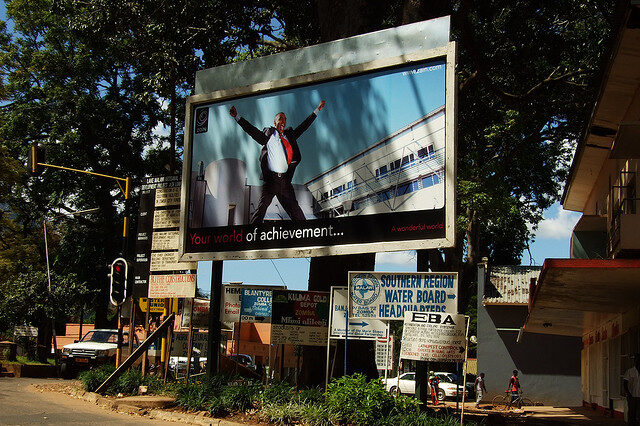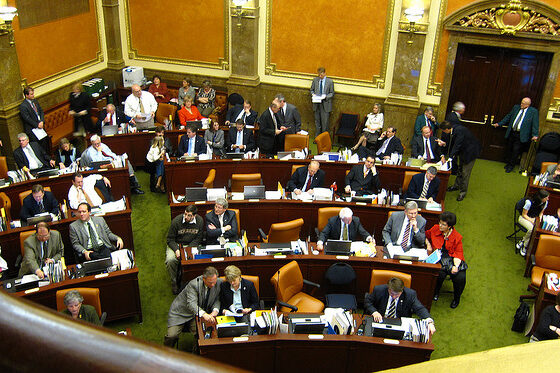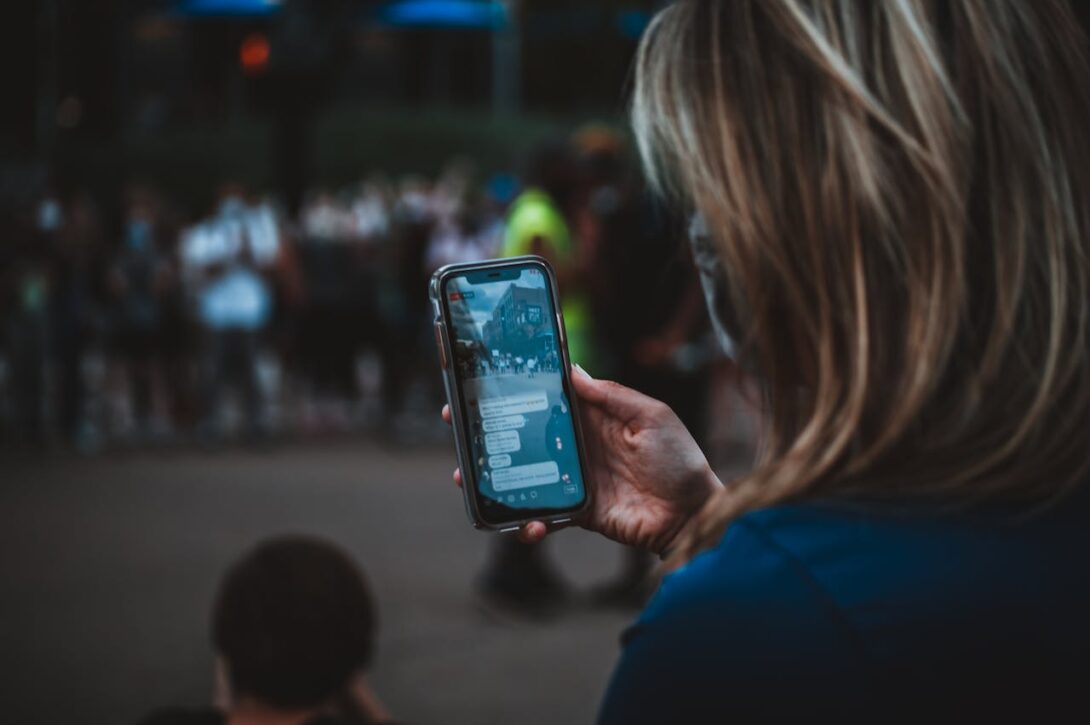Tag: data science
News
- Articles from Policy & Internet
- Books
- Call for Papers
- Child Safety
- Collective Action
- Conferences
- Democracy
- Development
- Economics
- Education
- Environment
- Ethics
- Governance & Security
- Health
- Interviews
- Mapping
- Methods
- Policy
- Politics & Government
- Publications
- Social Data Science
- Submissions Closed
- Tools
- Video
- Wellbeing
-

Can text mining help handle the data deluge in public policy analysis?
—
There has been a major shift in the policies of governments concerning participatory governance—that is,…
-

Responsible research agendas for public policy in the era of big data
—
Bringing together leading social science academics with senior government agency staff to discuss its public…
-

Seeing like a machine: big data and the challenges of measuring Africa’s informal economies
—
in DevelopmentIn a similar way that economists have traditionally excluded unpaid domestic labour from national accounts,…
-

The scramble for Africa’s data
—
in DevelopmentAs Africa goes digital, the challenge for policymakers becomes moving from digitisation to managing and…
-

How accessible are online legislative data archives to political scientists?
—
Government agencies are rarely completely transparent, often do not provide clear instructions for accessing the…
-

Online crowd-sourcing of scientific data could document the worldwide loss of glaciers to climate change
—
The platform aims to create long-lasting scientific value with minimal technical entry barriers—it is valuable…





